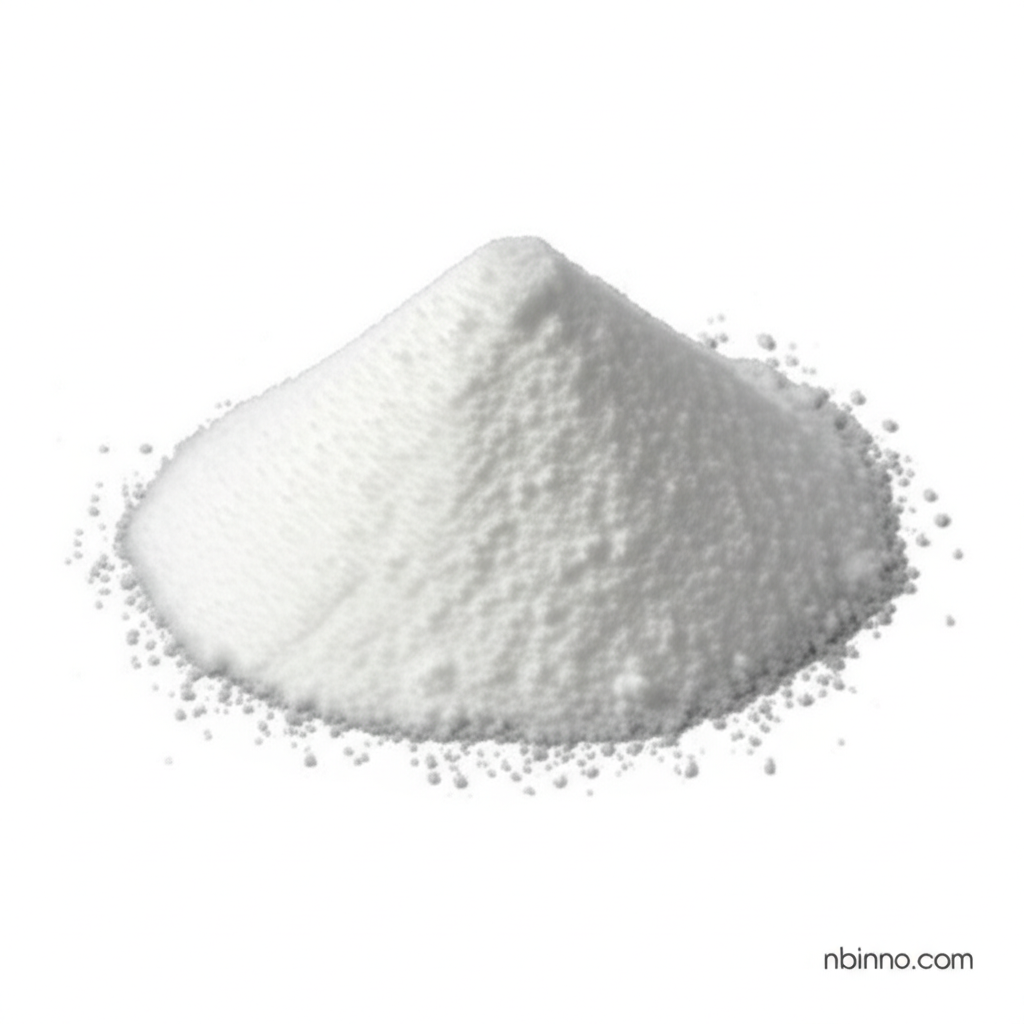Procaine Hydrochloride: A Comprehensive Guide
Exploring the synthesis, applications, and benefits of this essential local anesthetic.
Get a Quote & SampleProduct Core Value

Procaine Hydrochloride
Procaine Hydrochloride (CAS 59-46-1) is a synthetic organic compound renowned for its efficacy as a local anesthetic. Historically, it emerged as a pioneering substitute for cocaine, offering a safer profile with reduced toxicity and addictive potential. Its primary role is in medical and dental fields to numb specific areas, facilitating procedures by blocking sodium channels and thus preventing nerve signal transmission.
- Procaine Hydrochloride Synthesis: Delving into the chemical synthesis pathways reveals how this vital pharmaceutical intermediate is produced, often involving esterification reactions.
- Procaine Uses in Dentistry: Widely adopted for dental procedures, it effectively reduces pain during treatments like fillings and root canals, making it a staple in dental practices.
- Local Anesthetic Procaine Mechanism of Action: Understanding the procaine mechanism of action highlights its role as a sodium channel blocker, crucial for its anesthetic properties.
- Procaine vs Lidocaine: While effective, procaine's anesthetic properties are often compared to newer agents like lidocaine, which may offer faster and more intense numbing.
Key Advantages
Historical Significance
As a pioneering substitute for cocaine, it marked a significant advancement in local anesthesia, establishing a safer standard for pain management.
Procedural Pain Reduction
Its primary benefit lies in its ability to provide effective pain reduction during various medical and dental procedures, enhancing patient comfort.
Chemical Purity
Guaranteed high purity, often exceeding 99%, ensures reliable performance and meets stringent pharmaceutical standards, supporting its use as a pharmaceutical intermediate.
Key Applications
Local Anesthesia
Primary application in medicine and dentistry for numbing tissues, facilitating surgical and procedural interventions.
Pain Management
Used to reduce pain associated with intramuscular injections, particularly penicillin, and other medical interventions.
Pharmaceutical Intermediates
Serves as a crucial intermediate in the synthesis of various pharmaceutical compounds, contributing to drug development.
Research and Development
Its well-defined properties make it a subject of study in pharmacology and the development of new anesthetic agents.
Related Technical Articles & Resources
Why Choose Us?
Leverage our expertise and state-of-the-art infrastructure to accelerate your journey from discovery to commercial success.
Global Experience
With 20 years of R&D, manufacturing, and sales experience, we proudly serve clients across 60 countries and regions worldwide.
Advanced Facilities
Our in-house R&D laboratory, pilot platform, and large-scale production workshop are equipped to meet the audit requirements of global customers.
Seamless Scalability
We facilitate a perfect transition from small-scale lab requirements (grams) to full commercialization (hundreds of tons).
